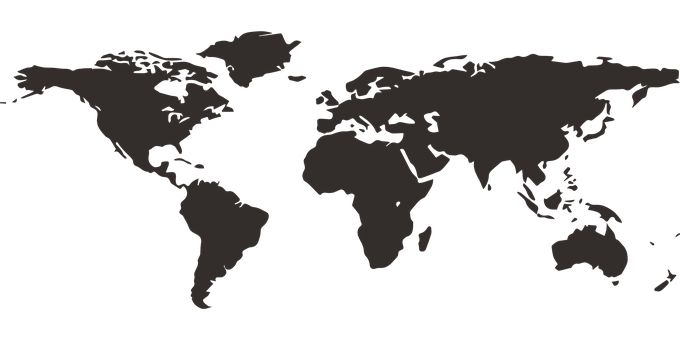
Technical and Science coordinator on field international expeditions from 1999 to 2023
Among others
Antarctica
- GMOStral-1028 IPEV program at Concordia station (atmospheric mercury and MAX-DOAS measurements, 2018-2019, 3.0 months)
- GMOStral-1028 IPEV program at Concordia station and Adelie Land (atmospheric mercury measurements, 2014-2015, 2.0 months)
- CHICTABA-1115 and GMOStral-1028 IPEV programs at Aurora Basin North and Concordia station (ice core drilling, atmospheric mercury measurements, 2013-2014, 2.0 months)
- TASTE-IDEA-454 IPEV program at Adelie Land (mass balance studies, 2006-2007, 2.0 months)
- Drilling IPEV program for potable water at Concordia station (ice core drilling, 2003-2004, 2.0 months)
Sub-Antarctica
- GMOStral-1028 IPEV program in French Southern and Antarctic Lands (atmospheric mercury measurements and emerging organic contaminants, 2019-2020 and 2020-2021, 4.0 months in total)
Arctic
- CHIMERPOL-1 IPEV program in Ny-Alesund, Svalbard (atmosphere mercury, radionuclide measurements and mass balance studies, 2004 and 2005, 2.0 months in total)
Tropics
- Long-term field mission at 2100m Maido Observatory, Reunion island (atmospheric measurements, 2017 to 2018, 12 months)
- Expedition in 5200m Chacaltaya atmospheric GAW station, Bolivia (atmospheric mercury measurements, 2014 and 2015, 4.0 months in total)
- ECOTROPE / CAMELIA oceanographic cruises in Noumea lagoon, New Caledonia (suspended particulate matter, sea-water, sediment core & phytoplankton collection, 1998 to 1999, 2.5 months in total)
Miscellaneous
- Expeditions in the Alps for glacier mass balance studies in high-altitude environment (2002 to 2005, 2.0 months in total)
- Expedition in French Guyana (sediment core drilling in Amazonian Toponowini lake, 2002, 1.0 month)
- DYFAMED oceanographic cruises in Mediterranean sea (suspended particulate matter, sea-water and phytoplankton collection, 2001, 2.0 months in total)
Focus on field campaigns associated with GMOStral-1028 IPEV program from 2012 in Amsterdam Island district, in French Southern and Antarctic lands (framework of international GMOS network)
Mercury (Hg) is a major neurotoxic compound that is dispersed globally in the atmosphere. The human population is mainly exposed to mercury through food (mainly seafood). In 2017, the international Minamata Convention came into force. It aims to limit the use, emissions and health effects of mercury on a global scale. The effectiveness of the Convention in reducing (i) mercury emissions, (ii) mercury concentrations in the environment and, ultimately, (iii) human exposure to mercury will need to be assessed over time. How can the scientific community contribute to assessing the effectiveness of the Convention and the government policies implemented ?
The Global Mercury Observing System (GMOS) is a unique global observing system that aims to provide comparable monitoring data on mercury levels in air and marine ecosystems in both hemispheres to support and meet the needs of the Minamata Convention. This international network provides long-term, high-precision observations from more than thirty ground-based monitoring stations around the world. The GMOStral-1028 IPEV program, which has been running since 2012, proposes to work on improving knowledge of processes and decision-support tools such as models through continuous monitoring (field observations) of atmospheric mercury in several regions of the southern hemisphere, including the sub-Antarctic Amsterdam island station.
To find out more about atmospheric mercury measurements on the island of Amsterdam, visit the measurements island:

To find out more about GMOStral-1028 IPEV program, watch the video :